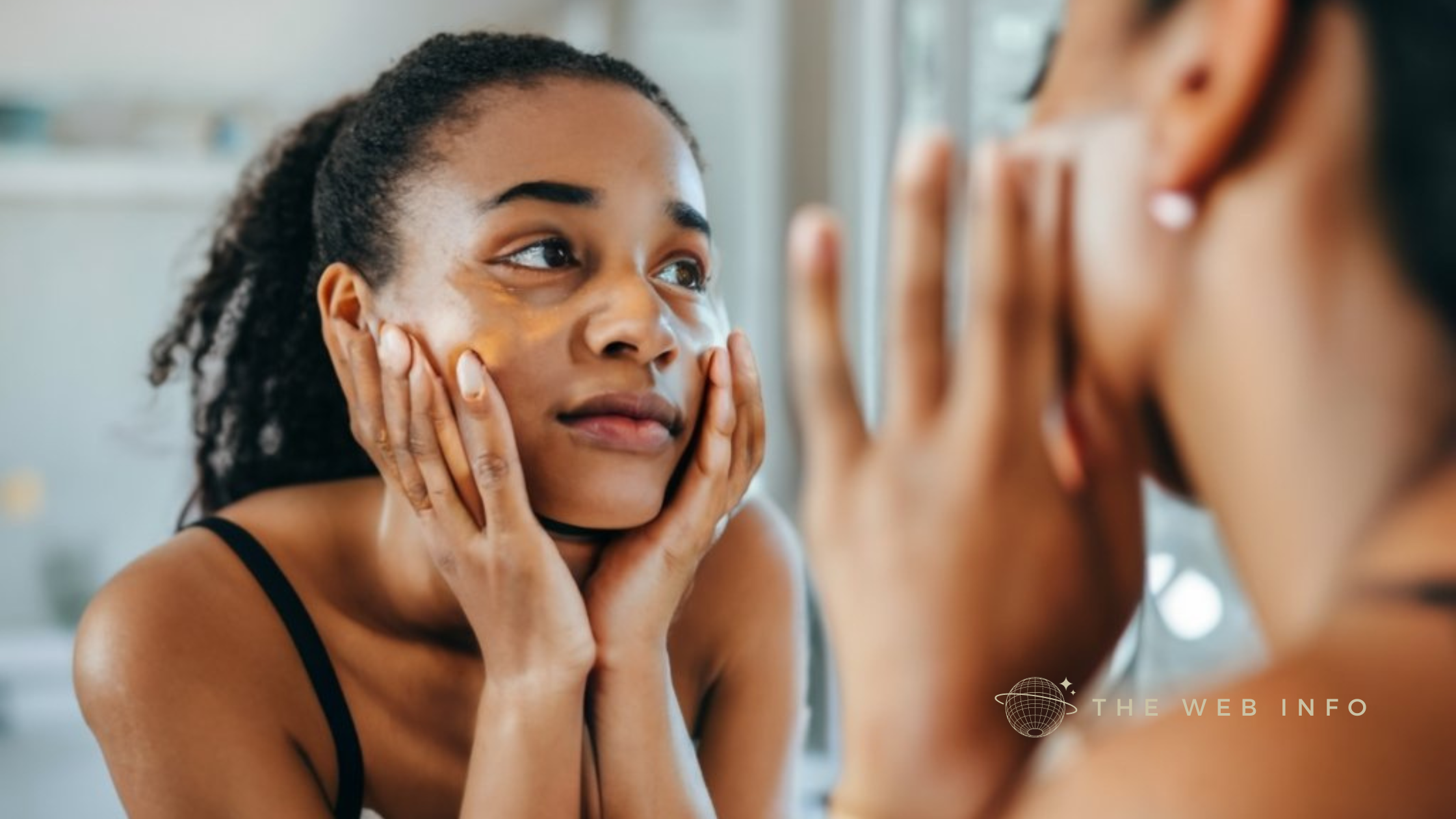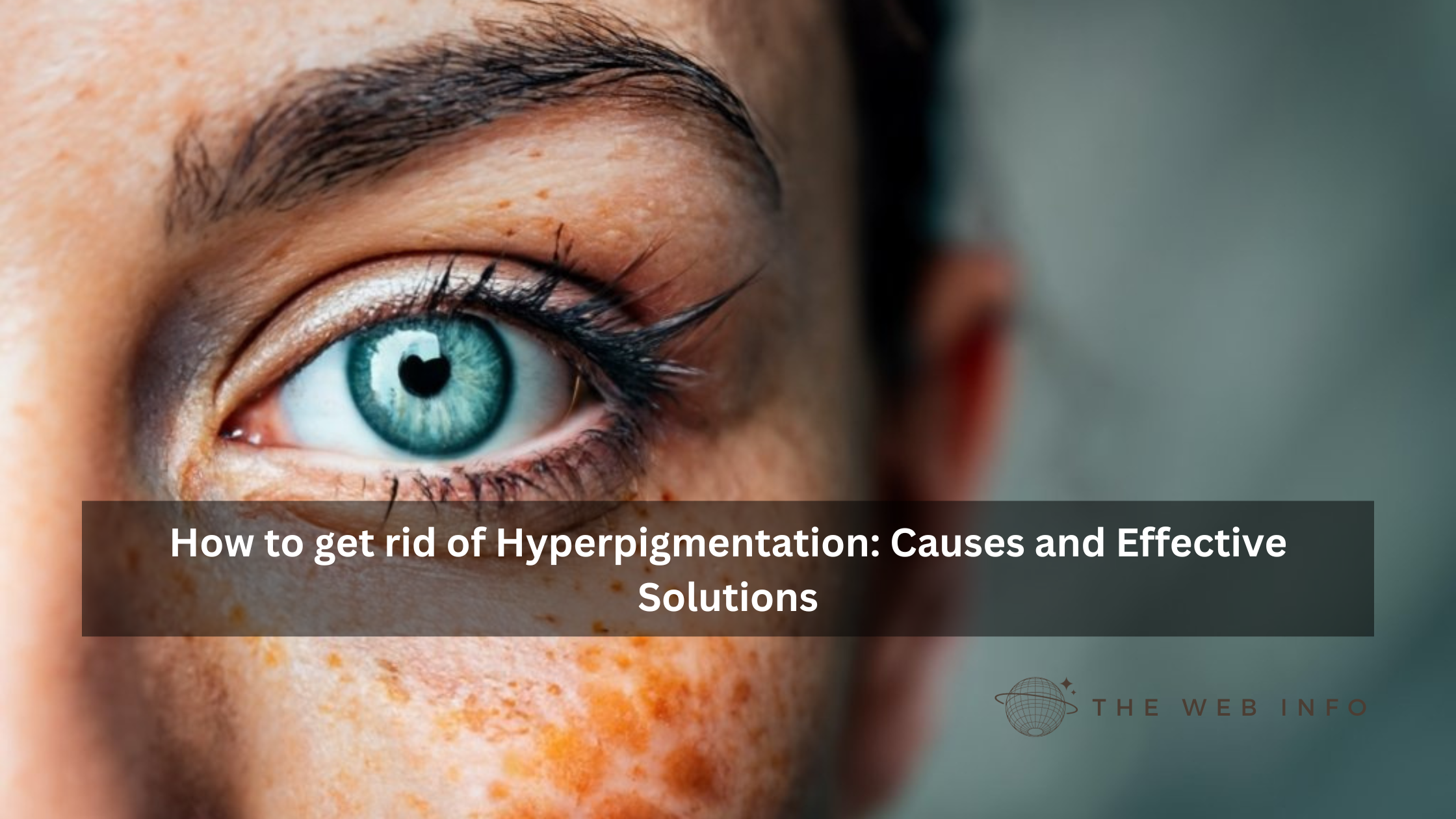Imagine you wake up one morning, look in the mirror, and notice patches of uneven skin tone, dark spots, or discoloration on your face, neck, or other parts of your body. If this scenario sounds familiar, you may be dealing with a common skin concern known as hyperpigmentation. In this comprehensive guide, we will delve into the causes of hyperpigmentation and explore effective ways to get rid of it. While I’ll provide information on potential treatments, I strongly recommend consulting a dermatologist before starting any new skincare regimen or using medication.
Part 1: Understanding Hyperpigmentation

What is Hyperpigmentation?
Hyperpigmentation is a dermatological condition characterized by the darkening of certain areas of the skin due to an excess of melanin, the pigment responsible for skin color. It can occur in various forms, including:
- Melasma: Often triggered by hormonal changes, melasma results in brown or gray-brown patches, commonly appearing on the face.
- Post-Inflammatory Hyperpigmentation (PIH): This type of hyperpigmentation occurs after skin inflammation or injury, such as acne, cuts, or burns. Dark spots or patches form at the site of the injury.
- Sunspots or Solar Lentigines: These are dark spots that develop due to prolonged sun exposure, typically on sun-exposed areas like the face, hands, and shoulders.
- Freckles: Freckles are a form of hyperpigmentation that is often genetic and can be more noticeable after sun exposure.
What Causes Hyperpigmentation?
Understanding the root causes of hyperpigmentation is crucial in finding effective treatments. Here are some common factors that contribute to this condition:
- Sun Exposure: Ultraviolet (UV) rays from the sun stimulate the production of melanin. Prolonged or unprotected sun exposure can lead to hyperpigmentation.
- Hormonal Changes: Fluctuations in hormones, such as during pregnancy (melasma), menopause, or while taking birth control pills, can trigger hyperpigmentation.
- Skin Injuries: Any trauma to the skin, including acne breakouts, cuts, burns, or aggressive skincare treatments, can result in post-inflammatory hyperpigmentation.
- Genetics: Some people are genetically predisposed to develop hyperpigmentation, such as freckles.
- Medications: Certain medications, like antimalarial drugs, can cause hyperpigmentation as a side effect.
- Skin of Color: Individuals with darker skin tones, particularly those of African, Asian, or Hispanic descent, are more prone to hyperpigmentation.
Now that we’ve covered the basics, let’s explore the various ways to get rid of hyperpigmentation.
Part 2: How to Get Rid of Hyperpigmentation

1. Sun Protection
Since sun exposure is a major contributor to hyperpigmentation, protecting your skin from UV rays is paramount. Here’s how:
- Sunscreen: Apply a broad-spectrum sunscreen with SPF 30 or higher daily, even on cloudy days. Reapply every two hours when outdoors.
- Protective Clothing: Wear wide-brimmed hats, sunglasses, and clothing that covers your skin when spending time in the sun.
2. Topical Treatments
Several topical treatments can help fade hyperpigmentation over time. Some of these include:
- Topical Hydroquinone: A skin-lightening agent, hydroquinone can reduce the appearance of dark spots. It’s available in various concentrations and should be used under a dermatologist’s guidance.
- Retinoids: Retinoids, like tretinoin, promote skin cell turnover and can help fade hyperpigmentation. They may cause some initial irritation, so use them as directed.
- Vitamin C: This antioxidant can brighten the skin and reduce hyperpigmentation. Look for serums or creams containing vitamin C.
- Alpha Hydroxy Acids (AHAs) and Beta Hydroxy Acids (BHAs): AHAs (e.g., glycolic acid) and BHAs (e.g., salicylic acid) exfoliate the skin and can improve the appearance of hyperpigmentation.
3. Chemical Peels
Chemical peels, performed by a dermatologist or licensed professional, involve the application of a chemical solution to the skin. This solution exfoliates the top layer of skin, reducing the appearance of hyperpigmentation. It’s essential to follow post-treatment care instructions carefully.
4. Microneedling
Microneedling involves the use of tiny needles to create micro-injuries in the skin. This stimulates collagen production and can help improve the appearance of hyperpigmentation over time. It’s typically done by a dermatologist or trained professional.
5. Laser Therapy
Laser treatments, such as intense pulsed light (IPL) and fractional laser, can target melanin in the skin and break it down, reducing hyperpigmentation. These treatments often require multiple sessions and should be performed by experienced practitioners.
6. Prescription Medications
In some cases, a dermatologist may prescribe specific medications to address hyperpigmentation. These may include:
- Topical Corticosteroids: These can reduce inflammation and hyperpigmentation, but they should be used under medical supervision due to potential side effects.
- Azelaic Acid: This medication can help fade dark spots and is suitable for some types of hyperpigmentation.
- Kojic Acid: Kojic acid inhibits melanin production and can be found in certain prescription and over-the-counter products.
7. Natural Remedies
While not as potent as medical treatments, some natural remedies may help improve hyperpigmentation:
- Aloe Vera: Aloe vera gel can soothe and moisturize the skin, potentially reducing the appearance of dark spots.
- Licorice Extract: Licorice root extract contains compounds that may lighten dark spots when applied topically.
- Vitamin E: Applying vitamin E oil or creams may help improve skin texture and appearance.
8. Patience and Consistency
It’s essential to remember that hyperpigmentation treatments take time to show results. Be patient and consistent with your chosen regimen, and always follow your dermatologist’s advice.
Part 3: Medicine and Product Recommendations

Ingredients to Look for:
- Hydroquinone: You can find hydroquinone in various over-the-counter and prescription products. It’s often available in concentrations ranging from 2% to 4%.
- Retinoids: Prescription retinoids like tretinoin or over-the-counter retinol products are widely available. Look for reputable skincare brands.
- Vitamin C: Look for serums or creams containing L-ascorbic acid, a highly effective form of vitamin C.
- Alpha Hydroxy Acids (AHAs): Glycolic acid and lactic acid are common AHAs found in many skincare products.
- Sunscreen: Brands like Neutrogena, La Roche-Posay, and EltaMD offer excellent sunscreens with high SPF ratings.
Remember to consult with a dermatologist or skincare professional to determine the best products and treatments for your specific skin type and condition.
Conclusion
Hyperpigmentation is a common skin concern that can be effectively managed with the right approach. By understanding its causes and following a combination of sun protection, topical treatments, professional procedures, and patience, you can achieve a more even and radiant complexion. Always consult with a dermatologist for personalized guidance and treatment recommendations to ensure the best results for your skin.
